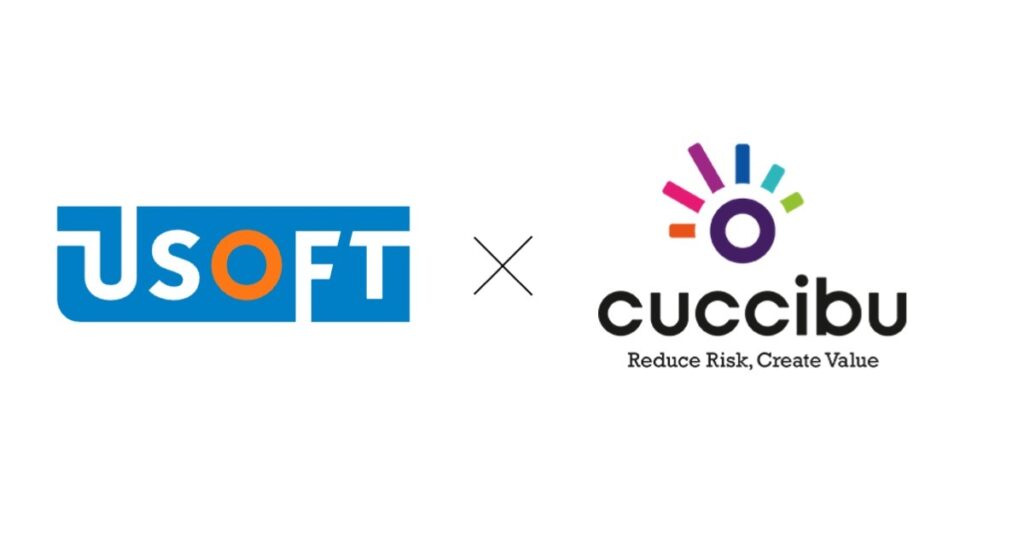Currently, healthcare data (patient information) as well as the data of processes within healthcare organizations are united in one system. The result is a strong interweaving of all kinds of information, resulting in a number of important problems. Taking this data apart helps solve the problems.
The good news? There is already an international standard, openEHR, which is a major contributor to this. And the Dutch government has decided to embrace this standard. The downside is that the government expects this to take about ten years.
This can be done much faster, namely with the combination of openEHR and low-code. You can read about this in this article!
The challenges of the existing situation
In the current situation, healthcare organizations have a high dependence on system suppliers. This limits renewal and innovation. Cooperation between different healthcare organizations is also less efficient. Patients themselves have limited control over their own data. As a result, healthcare organizations are, as it were, still hostage to data and outdated EHRs. They often still have their own EPD that is specifically adapted to the organization and often intertwined with the system that supports the healthcare processes. With the Integral Care Agreement, which was drawn up last September, in mind, these different care packages are now still being linked together. In practice, however, this is proving difficult, costly and not sufficiently scalable for what the sector needs to be future-proof.
Breaking away from dependence on EHR vendors
openEHR (Electronic Health Record ) is an internationally embraced standard for building healthcare IT systems. This technical specification describes a way of storing, retrieving, and exchanging medical data without depending on healthcare system vendors, and can support multiple exchange standards (e.g. HL7 FHIR). The openEHR specification is maintained by the openEHR Foundation, a nonprofit organization that supports research, development, and implementation of the specification. This has resulted in a standard created over 15 years of research and embraced by an increasing number of countries, including the United Kingdom, Sweden, and Finland.
Separating care data and process data
The most important innovation in the openEHR framework is that healthcare data and processes are separated in the organization, enabling file creation at the client level. Separating and keeping healthcare data and process data apart, in addition to the current PBM, offers a strong alternative for giving patients control over their own data. This puts the client or patient at the helm and allows more room for prevention. It also enables the healthcare institution to set up its processes efficiently and effectively as it wishes. And finally, it provides optimal support for secondary data use, whereby healthcare data can be analyzed easily and anonymously for research purposes.
With openEHR, healthcare data is linked from one standard platform to healthcare networks, PBMs, and other healthcare providers. This is also reflected in the “National Vision and Strategy for the Health Information System“.

This creates a completely different way for healthcare organizations to look at automation. With the advent of openEHR, they no longer need to buy an entire package, making them more independent of vendors. In addition, openEHR is an international standard that complies with European guidelines, allowing clients to easily share their data outside the Netherlands. For example, are you on vacation in France and need to see a doctor? Then grab your medical history in no time.
The extra acceleration combined with low-code
For their ultimate goal, or dream as they call it in their vision document, the government is taking a slow and phased approach that takes about ten years. During that time, there are still healthcare organizations buying healthcare packages (unnecessarily) when it can all be done much faster! In fact, we believe that many organizations can accomplish it within as little as a year. How? Because of the open-source structure, many models and system components are already available (for free). Building the system further with low-code will further accelerate it.
Low-code in brief
Low-code is a methodology for faster development and easier maintenance of software solutions. Low-code automates a lot of work in software development and offers a number of key benefits:
- Faster development: Solutions can be realized as much as 10x faster. In part by using visual modeling, “building blocks” and automation, the productivity of business and IT teams is greatly increased.
- Flexibility & adaptability: Low-code solutions are easily adaptable and new organizational requirements, making organizations truly agile and able to quickly adapt to new developments, innovations and regulations, for example.
- Lower costs: By increasing productivity, accelerating development and simplifying maintenance, organizations can significantly cut costs by an average of 40-50% compared to other solutions.
One of the main principles of openEHR is that a clear separation is applied between the data, and the rules and process layer of a healthcare organization. This provides a very good and clear functional separation. From openEHR as a standard for storing healthcare data, you can use low-code to realize the desired functionality to support the healthcare process within healthcare organizations. However, it is important to separate the functionality from the data. In addition, it is important to choose the right low-code technology, which also has a very clear separation of data, rules and processes.
The smaller healthcare organizations will be the first to take the plunge, as they involve smaller numbers and less complexity, followed by hospitals. Meanwhile, academic hospitals have also already started sharing data beyond organizational boundaries. OpenEHR is also interesting for EHR providers. After all, they no longer have to provide a standard package and can focus more on customization. In the process, openEHR immediately gives them an international perspective.
“OpenEHR and low-code is in my view a winning combination especially if a low-code platform is chosen that is secure, scalable, and flexible like Usoft. A platform that by design can already handle external data well.”
Bouwe Koopal, PragmatiQ
Clinician can get started
Healthcare organizations that opt for openEHR thus opt for customized solutions for their own organization as well as standard solutions for the patient. The system is built from components that are already available through open source or can be easily built using low-code. This does require a certain level of maturity. First, it must be clear what the system is going to look like, which is often already a very difficult issue. Second, many organizations are not yet used to working with low-code. Low-code offers speed and agility, but is the healthcare organization already ready for this? Has the IT department already embraced agile working? In doing so, openEHR has separated clinical modeling from implementation. This means that a clinician can set out certain data flows and processes in business rules, and in addition, there is a standard that governs the technology. Doing this properly also requires the necessary knowledge.
In short, in the future there will be a standard for patient data storage and exchange as well as a system for process data. openEHR and low-code together can get the healthcare market moving much faster than the government’s ten-year plan. In this, therefore, we see a great opportunity for vendors of healthcare packages. If they also harness the power of low-code and openEHR, they will certainly gain a competitive advantage as first movers.
This blog was written by Hans Canisius of USoft and Bouwe Koopal of PragmatiQ.





